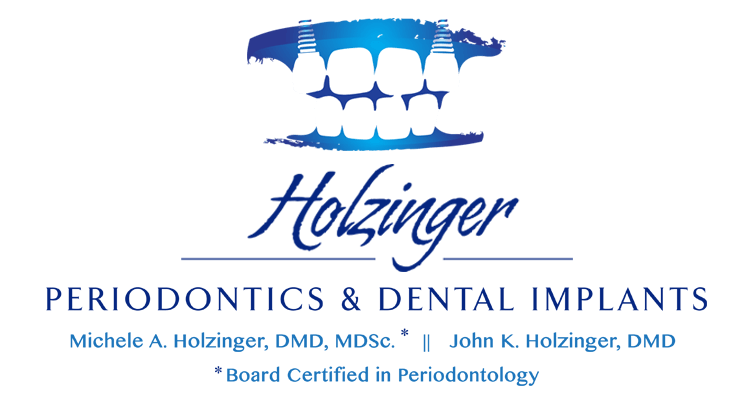Dental implants can be a relief for anyone that has a damaged, broken, or missing tooth that needs to be replaced. Implants are put in every day, and a skilled dental surgeon can make the process much easier. If you need a dental implant, then knowing more about the process can help you prepare for it. Here is a step by step guide to dental implants.
Dental Exam
The process begins with a complete dental exam. Your dentist will inspect the area where the implant needs to go. He or she is looking for any potential problems in the area and to make sure that it is a suitable location. In some cases, there may not be enough bone in the area to support a dental implant. If that is the case, a bone graft is a potential solution. The dentist will take this into account when helping you plan the surgery. If there is a tooth that is in the area that will need an implant, the dentist will also go over the process of taking out the tooth and then placing a dental implant.
Treatment Planning
Once the exam is done, your dentist will help you plan your course of treatment. If an implant is possible, your dentist will review the timeline for your treatment and schedule the rest of the needed procedures. Most patients go straight to the implant stage and have it placed. However, some patients need a bone graft first. Either way, your dentist will walk you through all of the procedures that you need and ensure that you fully understand the procedure.
Manage Existing Dental Issues
Before the implant is placed, you will have to work with your dentist to manage existing dental issues. Many common dental issues can create problems when placing an implant. For example, gum disease makes implant placement difficult because existing inflammation can compromise the healing of your implant. Much like a house, your periodontist will need to make sure the foundation is stable before “building” the house on top.
Likewise, cavities are a major problem for implants. Dental implants are affected by the teeth around them. You cannot have a dental implant next to a tooth with a cavity. As the decay grows, the teeth next to it may shift and make it harder to restore the implant. Your dentist will address any of these problems with you before considering an implant.
Extraction
If you have teeth that need to be replaced, then they will be extracted before the implant is installed. The extraction process is relatively simple. The surgeon numbs the area and can either break the tooth apart leaving the base in tact, or pull it out if it is already loose. Whatever extraction method is used, it is possible to have a temporary implant put in. It will simply hold the place where the implant will go. That way, you will always have a tooth there.
Bone Grafting
Bone grafts are only done when there are no other options and the implant is needed. It is a simple procedure where a dental surgeon takes a piece of bone from another part of your body and grafts it into the area. Once it heals, the surgeon can shape it so that it is ready for an implant. Not every patient needs a bone graft though. It depends on the structure of your mouth where the implant will go. There needs to be a minimum amount of bone in place for the implant to hook into.
Implant Placement
Placing the implant is also a relatively simple process. The surgeon uses a special drill to make a hole in the bone in your jaw. Then, a pin is placed in the hole to anchor the implant to. It creates a secure foundation for the implant that can’t easily be removed. The pin screws into place so that it is firmly locked in. The implant is connected using a special connector that hooks onto the top of the pin. Once in place, the implant is further styled to match the surrounding teeth, if needed. Then, it may be attached to another tooth with a bridge or crown for security.
Cap or Crown
After the pin is installed, it will take some time for it to heal. After the dental implant site has had time to properly heal, the implant is capped or crowned. This is the final step in the process to apply the implant and secure it in place. You will follow up with your dentist to ensure that everything went smoothly.
READY TO GET STARTED?
If you are ready to start the process to getting back to a healthier more confident smile, give us at Holzinger Periodontics a call at our Middletown office 860-347-8457 or our New Britain office 860-224-0433 or visit us online at Holzinger Periodontics & Dental Implants.

